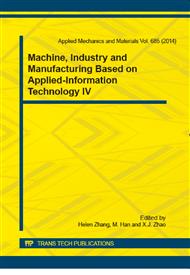p.64
p.68
p.72
p.76
p.80
p.85
p.90
p.94
p.98
Study on Synthesizing Ammonia with Material Properties under Normal Temperature and Pressure by Microwave Plasma Method
Abstract:
NH3 was synthesized from H2 and N2 under normal temperature and pressure by microwave plasma. The effects of microwave input power, ratio of H2/N2, the amount of total material gas concentration and catalyst on the synthetic reaction were studied. The volume fraction of NH3 can reach 0.58% under the optimal condition.
Info:
Periodical:
Pages:
80-84
Citation:
Online since:
October 2014
Authors:
Keywords:
Price:
Сopyright:
© 2014 Trans Tech Publications Ltd. All Rights Reserved
Share:
Citation:


